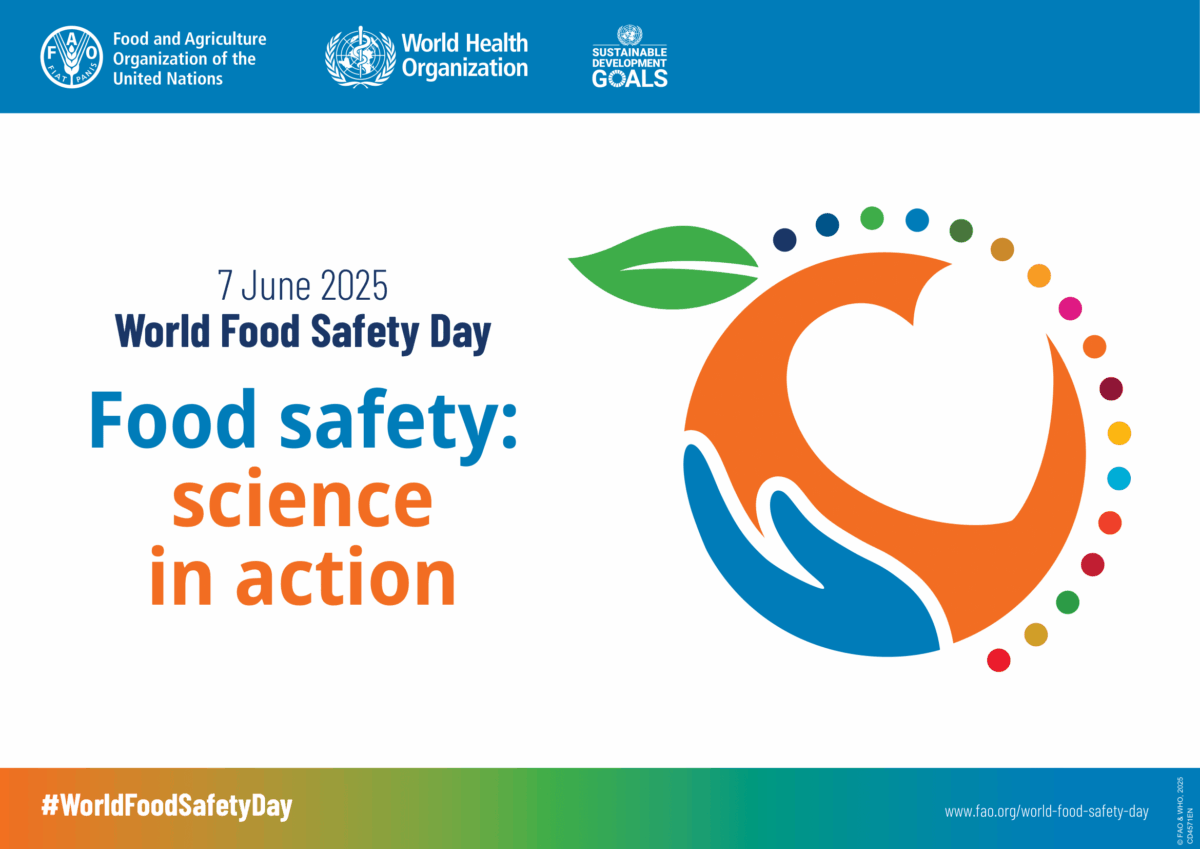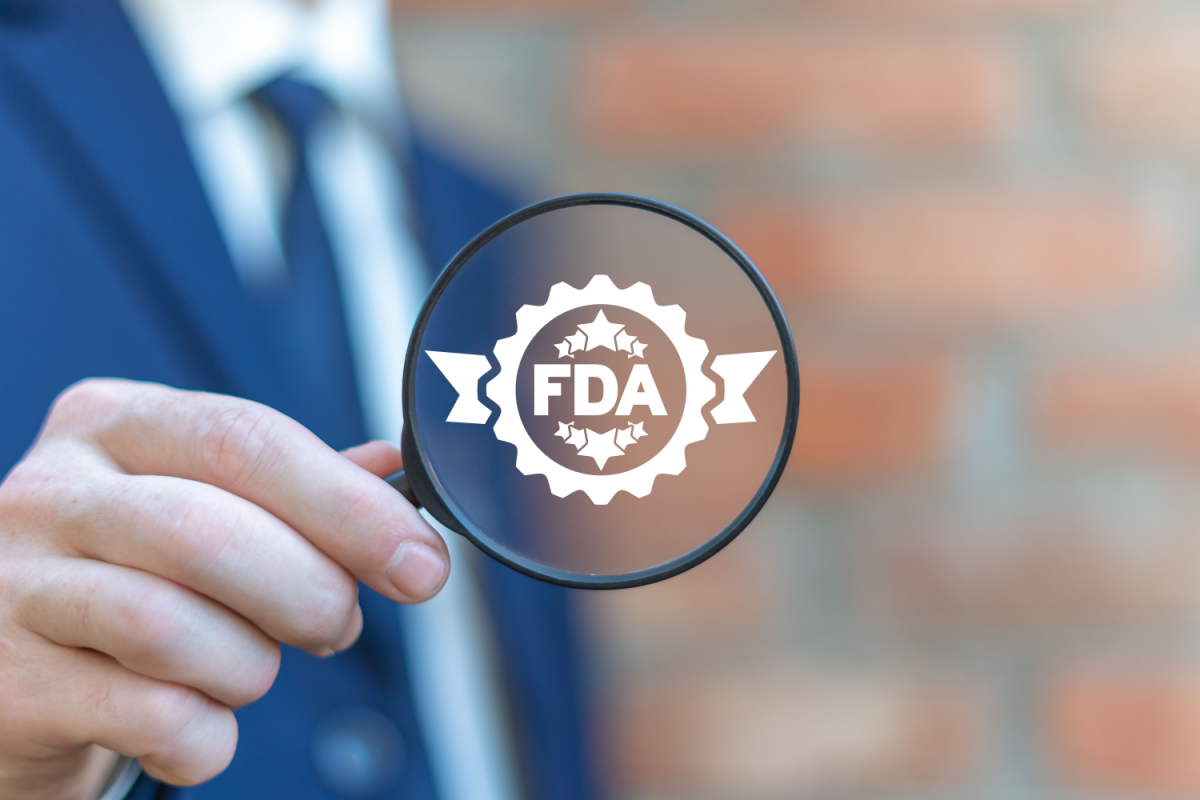Last month, the US Food and Drug Administration announced a draft guidance for industry on action levels for lead in baby food as part of its Closer to Zero action plan. The agency will use the proposed levels to determine whether to take enforcement action against baby food companies with products containing lead over that amount.
“For babies and young children who eat the foods covered in today’s draft guidance, the FDA estimates that these action levels could result in as much as a 24 to 27 percent reduction in exposure to lead from these foods,” said FDA Commissioner Robert M. Califf, in an FDA press release.
Currently, toxic elements like lead can be ingested from various sources, including baby formula, breast milk and baby foods, but infants and young children are especially vulnerable to the effects of exposure to toxic elements, according to a study published in the journal Current Problems in Pediatric and Adolescent Health Care. The study also found that the US does not have strict regulations for commercially produced baby foods that are likely to contain toxic metals.
So, will the FDA’s proposed action levels for lead in baby food change this alarming finding? And how will baby food manufacturers be able to comply with the newest Closer to Zero action plan?
Related: Baby Food Safety Act of 2021: Why Didn’t FDA Regulate Heavy Metals Sooner?
Limiting Lead Levels
So far, the FDA has released only drafts of guidelines around lead and is not issuing strict regulations, making enforcement optional. The agency has not yet offered guidance for arsenic, mercury, cadmium and other heavy metals, leading to concerns that regulatory changes may not be coming quickly enough.
For now, the draft action level of 10 parts per billion (ppb) applies to mixtures, including grain and meat-based mixtures, as well as yogurts, custards/puddings and single-ingredient meats. For single-ingredient root vegetables and dry infant cereals, the FDA is proposing a lead draft action level of 20 ppb.
The FDA estimates that the proposals will result in lead exposure reductions for 90 percent of babies and young children by 26 percent in fruits, mixtures and yogurts. The estimated reduction for children eating root vegetables is 27 percent and dry infant cereals 24 percent, according to the FDA. Action levels for grain-based snacks like puffs and teething biscuits weren’t included in the draft guidance.
While the FDA believes the baby food industry will strive for continual reduction of lead, many argue that more is needed to limit heavy metal exposure in all foods that young children may eat. Since the draft guidance only applies to foods that are intended for babies and young children, it excludes ingredients from the produce aisle like rice, potatoes, carrots and other produce items in baby foods.
How Closer to Zero will Impact Baby Food Manufacturers
The draft guidance is part of the FDA’s Closer to Zero action plan, which the agency announced amid Congress’ probe into heavy metals in baby food in 2021.
While some baby food manufacturers monitor toxin levels, they are not required to report the results to the public or to list them on product labels. The FDA has broad mandates that food makers ensure their products are safe, but there are few actual limits for specific toxins. Currently, the FDA has set an action limit for inorganic arsenic in infant rice cereal and has proposed one for lead in juice.
These limits — like those proposed for lead in baby food — do not set a strict bar. Rather, they create guidelines for baby food makers to voluntarily follow. If the FDA finds that a company exceeds the levels, it can pursue enforcement action, which can lead to a product recall, seizure or a recommendation for criminal prosecution.
In terms of how the draft guidance will impact baby food companies, there are several steps manufacturers can take to ensure they are following the guidelines. Companies can review soil content data from the Environmental Protection Agency (EPA) to buy produce for its baby food from regions with lower levels of contamination. They can also conduct testing before entering into contracts with farmers and test finished products to ensure that heavy metals aren’t added during processing.
“We are reviewing the FDA draft guidance,” a Gerber spokesperson told Xtalks in an email. “For over 90 years, Gerber’s top priority has been the health and well-being of babies. We strongly support the FDA Closer to Zero action plan and welcome the opportunity to work collaboratively with the FDA and other stakeholders to advance this important effort to continue to reduce the levels of heavy metals in infant and toddler foods. Strong standards are good for babies, parents and our industry.”
Next on the FDA’s agenda are draft action levels for arsenic in baby foods, beyond just infant rice cereal. The agency plans to propose these by April 2024. By that time or later, the FDA said it will issue draft levels for cadmium and mercury.












Join or login to leave a comment
JOIN LOGIN